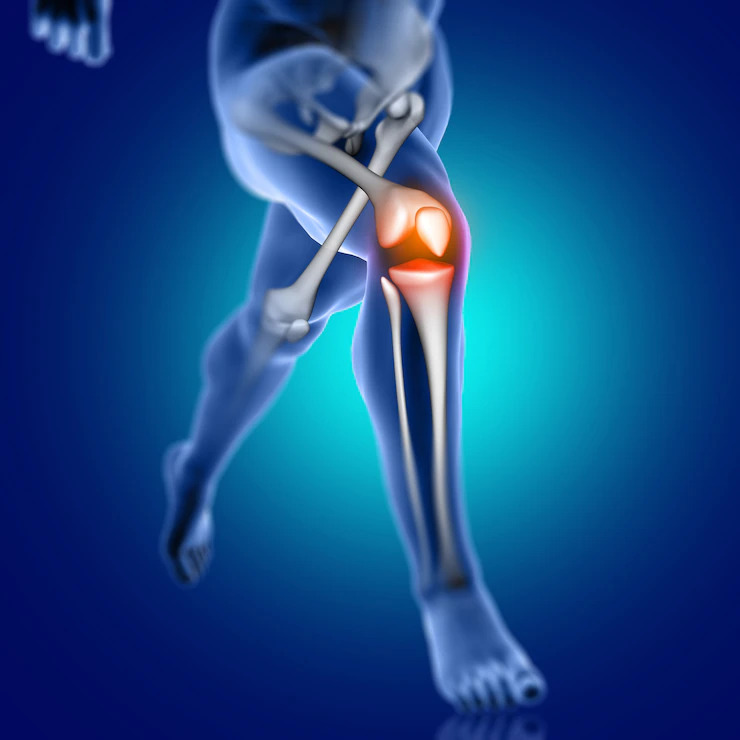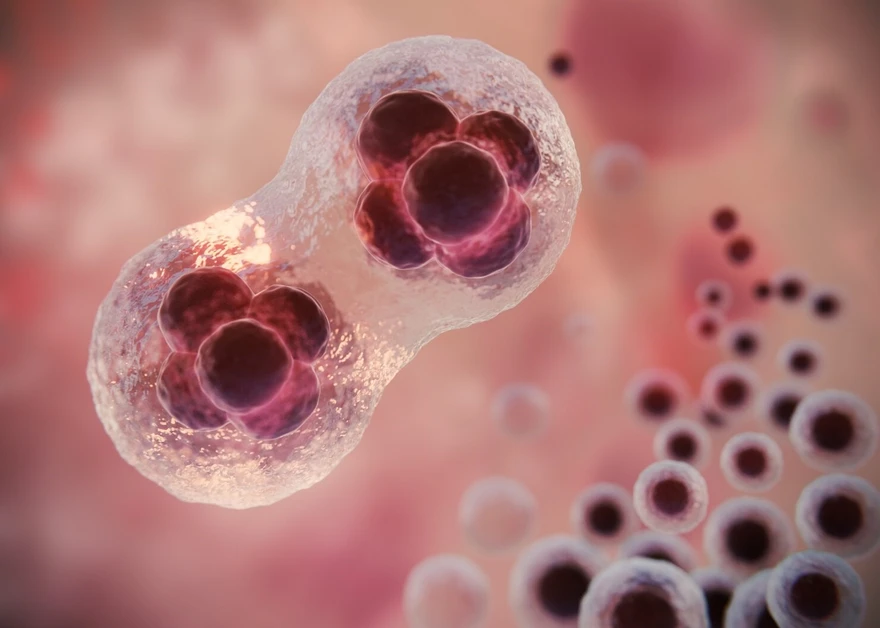Preventive Healthcare
Paget’s Disease of Bone: Everything You Need to Know
2843 Views
0

Paget's disease of bone, also known as osteitis deformans, is a chronic disorder that affects the normal remodelling of bone. It results in the abnormal growth of bone, leading to deformities and an increased risk of fractures. The condition is named after Sir James Paget, a 19th-century British surgeon who first described it. It is most commonly found in people over 50 and more common in men than women.
Medical History of Paget’s Disease
Collecting a thorough medical history is an integral part of diagnosing Paget's disease of bone. It can help to identify any risk factors or patterns that may be associated with the condition. A family history of Paget's disease is one of the main risk factors for developing the condition, so it is essential to ask about the medical history of family members when evaluating a patient for Paget's disease.
Some specific questions that may be helpful to ask about a family history of Paget's disease include:
- Do any family members have Paget's disease?
- How many family members have Paget's disease?
- What age were they when they were diagnosed with Paget's disease?
- What bones were affected by Paget's disease in these family members?
- How was Paget's disease treated in these family members?
Physical Examination of Paget’s Disease
During a physical examination for Paget's disease of bone, the healthcare provider will look for any signs of deformity or bone pain. This may include examining the spine for curvature, checking for swelling or deformity in the long bones of the arms and legs, and evaluating the patient's gait (the way they walk). The healthcare provider may also check for any muscle weakness or difficulty with the range of motion.
In addition to these general physical examination findings, the healthcare provider may also look for specific signs of Paget's disease, such as:
- Enlargement of the skull or facial bones
- Deformities in the bones of the hands or feet
- Bowing of the long bones of the arms or legs
- The curvature of the spine
- Swelling or tenderness in the joints
- Difficulty standing or walking due to pain or deformity
It is important to note that not all people with Paget's disease will have noticeable symptoms or physical findings. In some cases, the condition may be discovered incidentally during a routine medical examination.
Blood Tests for Paget’s Disease
Blood tests can be used to help diagnose Paget's disease of bone and monitor the effectiveness of treatment. One common blood test used to diagnose Paget's disease is a measurement of alkaline phosphatase, an enzyme produced by cells in the bone and liver. Levels of alkaline phosphatase are typically elevated in people with Paget's disease, although other conditions, such as liver disease or bone cancer, can also cause elevated alkaline phosphatase levels.
Other blood tests that may be used to diagnose Paget's disease include:
- Calcium levels: Elevated calcium levels may be seen in people with Paget's disease due to increased bone turnover.
- Phosphorus levels: Low phosphorus levels may be seen in people with Paget's disease due to increased bone turnover.
- Vitamin D levels: Low vitamin D levels may be seen in people with Paget's disease due to decreased absorption of vitamin D from the diet.
It is important to note that blood tests alone are not sufficient to diagnose Paget's disease. They should be combined with other diagnostic tests, such as X-rays and bone scans, to confirm the diagnosis.
X-Rays for Paget’s Disease
In people with Paget's disease, X-rays may show the following:
- Enlargement or thickening of the bones
- Deformities in the shape of the bones
- Decreased density of the bones (indicating osteoporosis)
- Irregularity in the trabecular (spongy) bone
- Formation of bone spurs (osteophytes)
X-rays can also be used to monitor the progress of Paget's disease and the effectiveness of treatment. Over time, X-rays may show improvement in the abnormalities seen in people with Paget's disease who are receiving treatment.
Bone Scan for Paget’s Disease
A bone scan can be used to diagnose Paget's disease of bone because it can show areas of abnormal bone activity, such as increased or decreased bone turnover. In people with Paget's disease, a bone scan may show the following:
- Increased activity in certain bones, indicating increased bone turnover
- Patchy or asymmetrical distribution of radioactivity in the bones, indicating abnormal bone growth
- Decreased density in certain bones, indicating osteoporosis
Biopsy for Paget’s Disease
There are several different methods for obtaining a bone biopsy, including:
- Fine needle aspiration: A thin needle is inserted through the skin and into the bone to remove a small sample of bone tissue.
- Tru-cut biopsy: A larger needle is inserted through the skin and into the bone to remove a larger sample of bone tissue.
- Open biopsy: A small incision is made in the skin, and a small piece of bone tissue is removed using a surgical tool.
It is important to note that a biopsy is not always necessary to diagnose Paget's disease. In many cases, the diagnosis can be made based on a combination of medical history, physical examination, blood tests, and imaging tests, such as X-rays and bone scans.
Treatment for Paget’s Disease
Treatment options for Paget's disease may include:
- Medications: Medications can slow the progression of Paget's disease and reduce bone pain. These may consist of bisphosphonates, which inhibit bone resorption, and calcitonin, which reduces bone turnover.
- Physical therapy: Physical therapy can help to improve mobility and reduce pain in people with Paget's disease. This may include exercises to strengthen the muscles, improve balance, and increase the range of motion.
- Surgery: In some cases, surgery may be recommended to correct deformities or stabilise bones affected by Paget's disease. This may include procedures such as an osteotomy (cutting and realigning a bone), joint replacement, or spinal fusion.
Conclusion
Paget's disease of bone is a chronic disorder that affects the normal breakdown and rebuilding of bone tissue. This disease results in the abnormal growth of bone, which can lead to deformity and weakness. It is important to work closely with a healthcare provider to manage the condition and prevent complications. Besides, you must also get regular follow-up care to monitor the progress of the disease and make any necessary adjustments to treatment.













1701259759.webp)









 WhatsApp
WhatsApp